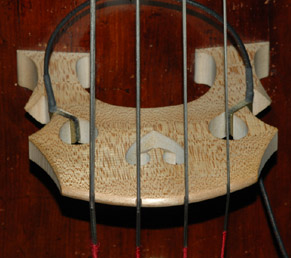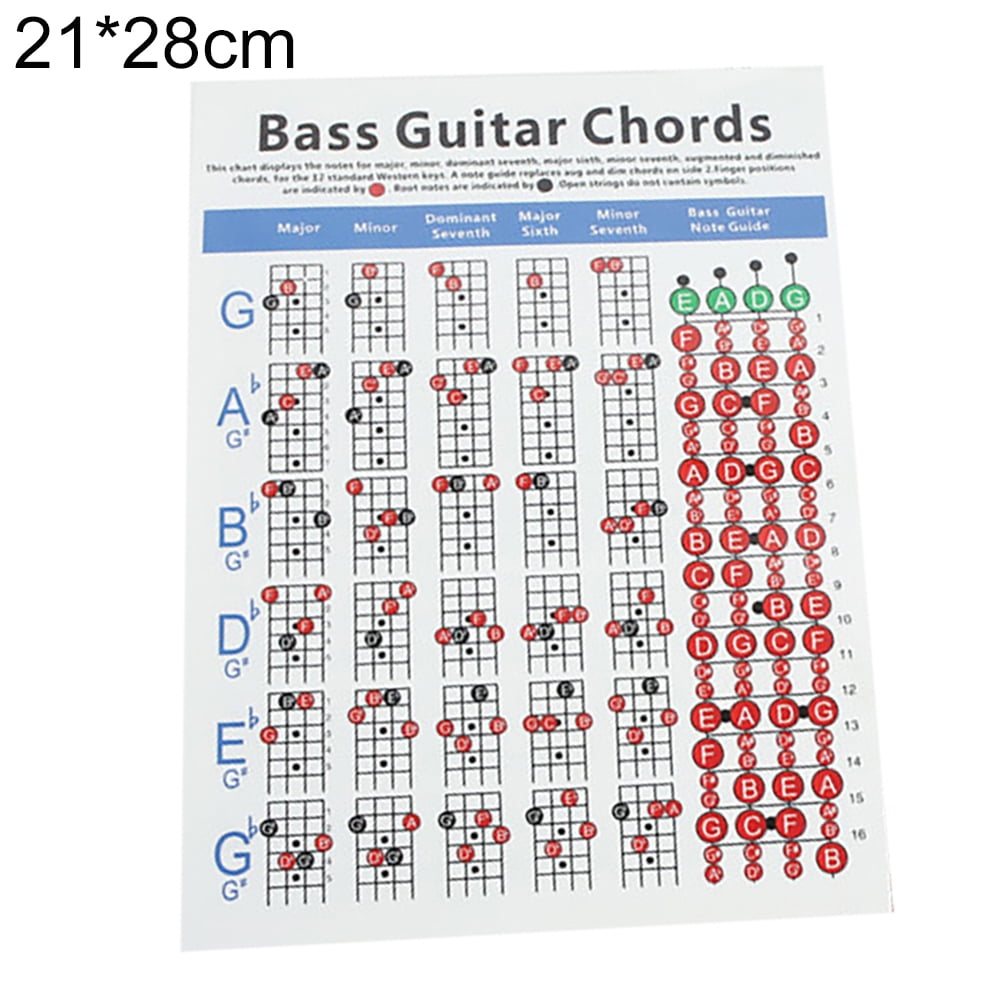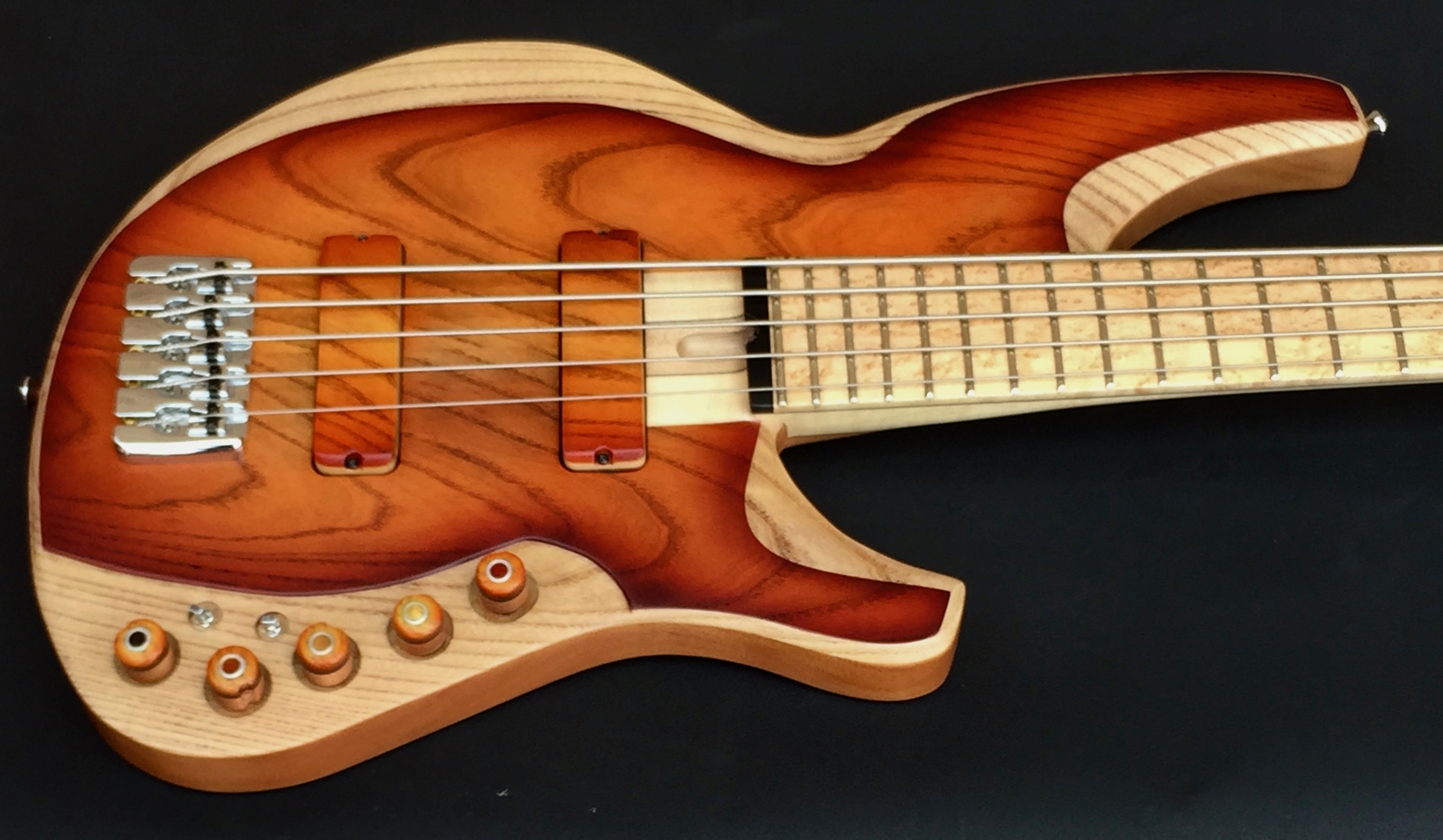

Variables include wrap finish ( roundwound, flatwound, halfwound, ground wound, and pressure wound), as well as metal strings with different coverings (tapewound or plastic covered). Each combination has specific tonal characteristics, interaction with pickups, and "feel" to the player's hands.

There is a range of different string types, which are available in many various metals, windings, and finishes. This tuning is also the same as the standard tuning on the lower-pitched four strings on a six-string guitar, only an octave lower. The standard design for the electric bass guitar has four strings, tuned E, A, D and G, in fourths such that the open highest string, G, is an eleventh (an octave and a fourth) below middle C, making the tuning of all four strings the same as that of the double bass (E 1–A 1–D 2–G 2). Tuning machines (with spiral metal worm gears) are mounted on the back of the headstock on the bass guitar neck ( October 2019) ( Learn how and when to remove this template message) Unsourced material may be challenged and removed. Please help improve this section by adding citations to reliable sources. The bass guitar is a transposing instrument, as it is notated in bass clef an octave higher than it sounds, to reduce the need for ledger lines in music written for the instrument, and simplify reading. Most bass guitars have four strings, which are tuned one octave lower than the lowest pitched four strings of an electric guitar E, A, D, G using the equal temperament tuning method and standard pitch.

Amateur musicians tune their own bass, but touring professionals in bands may have a bass tech who tunes their basses. While tuning is mainly done prior to performances, musicians may tune again during a show, typically between songs, either to correct the tuning of the instrument (heat, humidity, string bending, and heavy playing all affect tuning), or to change to a new tuning, such as dropping the pitch of the E string to D for a song in D major. This may be observed visually or felt by gently touching the unplayed string. This technique may also be used for slightly obscure "visual" or "haptic" tuning - by pressing appropriate frets that should make the strings unison the vibrations from one string will be picked up by the other string which will start vibrating (when tuned correctly). The instrument tuned in this manner can be played alone, but it may not be in tune with other instruments, such as a piano, if no reference pitch was used. This is colloquially known as "tuning the bass to itself". By ear using relative tuning, using known pitch intervals or chromatic tones played between an already tuned string and one that needs tuning.These indicate when strings are tuned by visual and audio cues.
STRINGED BASS RANGE PATCH


 0 kommentar(er)
0 kommentar(er)
